
1895 - 1980
William Patrick Roberts
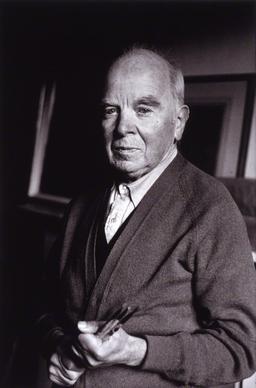
description
English painter William Roberts, revered for his large, complex and colourful compositions that he exhibited annually since the 1950s at the opening hours of the Royal Academy, was at the beginning of his career among the pioneers of the English art avant-garde. A member of Fry’s studio “Omega” and Vorticism group of Wyndham Lewis, Roberst positioned himself as a Cubist and for most of his very long creative career worked outside the mainstream.
The artist, who had long served as the official military painter, was also elected a full member of the Royal Academy and awarded prizes. Roberts’ works are not only in the collection of his London House Museum, but are also widely represented at the prestigious Tate Modern Gallery and other English and American museums and galleries.
Key ideas:
– Making his first trip to France as a student, Roberts discovered such art movements as Post-Impressionism and Cubism. Both of these styles had a significant influence on the beginning artist, and he used their technics in his art throughout his long creative career.
– Having joined first the Omega workshop, and then the group of Vorticists headed by W. Lewis, the artist came to a more angularly aggressive style in painting, which corresponded to the trends that covered Europe in the pre-war period.
– His official position of a military artist and participation in the hostilities of the First World War determined the theme of Roberts’ works in the second half of the 1910s.
– “Shaking off” some dogmas of Vorticism, the artist developed his recognizable style of English cubism. The subject of his attention was urban life in London, including stories from the racetrack. The Tate Gallery started buying his works of this particular post-war period.
– In the 1930s, Roberts began to prefer a more rounded shape and a more sculptural approach to the depiction of objects to the angular style he used in his previous works. Many compositions acquired a great sound (“Masks”, “Playground”).
– In later works by Roberts, the emphasis on the importance of working out the drawing and the harmony of the composition, which he learned at the Slade School, was clearly seen. In the 1950s, when British art was abstract, the master’s works exhibited annually at the Royal Academy became a sensation – they impressed viewers with their scale, the drama of the plots (The Temptation of St. Anthony) and bold colour schemes.
1895
1910
1913
1914
1916
1918
1923
1948
1956
1961
1965
1974
1980
William Patrick Roberts was born
Entered the Slade School of Art

He made a trip to France and Italy
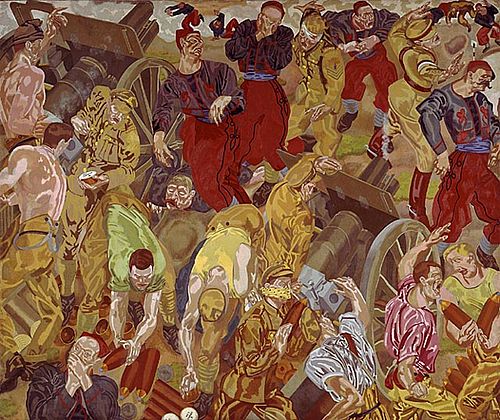
He supported the creation of a new art movement - Vorticism
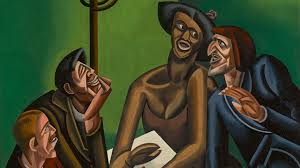
He fought as an artilleryman on the fronts of the First World War

Returned to London as an official martial artist

The artist’s first solo exhibition
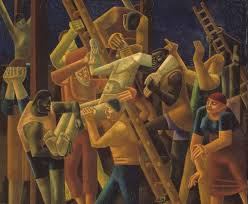
Presented a self-portrait and a portrait of Sarah

"Some Early Abstract and Cubist Works of 1913-1920"
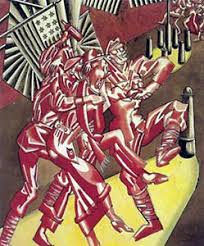
Received the K. Gulbenkian Foundation Prize
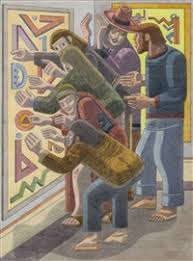
The British Council of the Arts in the Tate Gallery organized a large retrospective exhibition of the artist
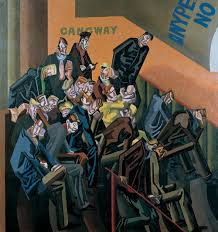
The exhibition of the Council of the Arts “Worcitism and its Allies” was held

The death of the artist

